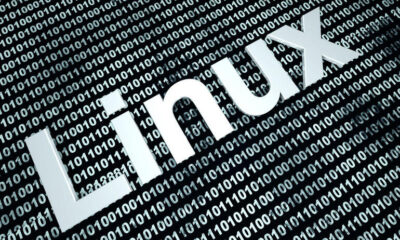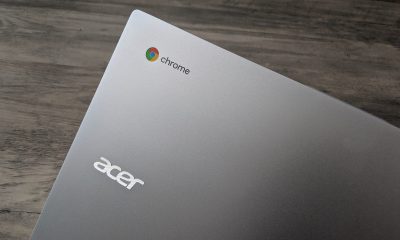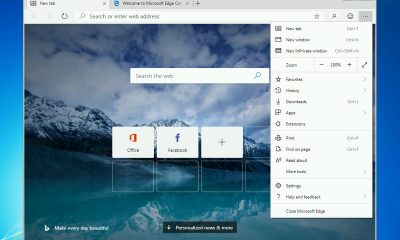Tech News
How Windows, OS X, and Ubuntu are slowly turning your PC into a smartphone
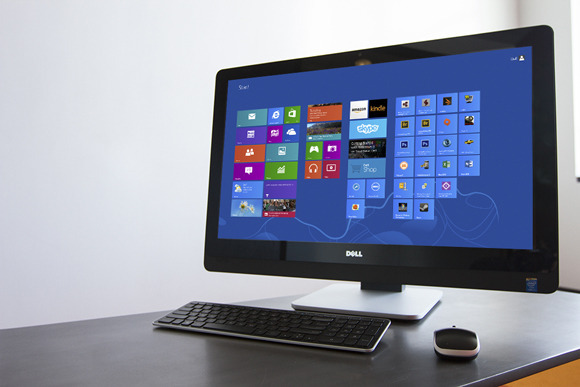

“Consumers are mainly driven by simplicity and familiarity,” says Carolina Milanesi, Gartner’s research vice president of consumer technology.
In a word, people yearn for consistency. And as the industry struggles to satisfy that demand, mobile design is bleeding over to the desktop—though the Big Three PC operating systems are approaching the convergence in drastically different ways.
“Microsoft’s philosophy is ‘Okay, we want to be consistent across our operating systems,’ and the way it worked in their brains was to just make one,” says Ben Bajarin, the director of consumer technology at Creative Strategies. “Whereas Apple said, ‘Well, we’ll make two [operating systems], but we’re going to have gestures and some UI consistencies [across iOS and OS X] so that you have a consistent experience.’”
And that’s not even getting into what Linux is doing, via Canonical’s audacious Ubuntu for Android. But let’s get into it! Follow along, dearest desktop diehard, as we examine how mobile elements are creeping into Windows, OS X, and yes, even Linux.
Windows 8

C’mon now, you know where we had to start.
Determined to jump-start its mobile ambitions, Microsoft infused Windows 8 with tablet-friendly modern apps, gesture controls, and the Live Tile–infused Start screen. But hey! The traditional desktop is still around for PC aficionados. It’s the best of both worlds, right? Not quite.
Designing a single operating system to run across multiple hardware form factors has led to some glaring usability problems. Rather than feeling like one OS, Windows 8 is more akin to a patchwork Frankensystem, with the traditional desktop and the modern UI awkwardly bolted together instead of working together as a cohesive whole.
“When Microsoft first started talking about Windows 8…there was a lot of optimism around it, because we’re a mobile-first generation and mobile computing is important, and Microsoft was trying to bring unification with that to the table,” says Bajarin. “The problem is they failed at the implementation.”

While desktop jockeys can get by in the modern UI, its large buttons and vast empty spaces were clearly built more for swiping and prodding than for keyboarding and mousing. All of that wasted space requires a ton of extra scrolling, and the relative dearth of onscreen information requires a ton of extra menu clicking—two burdens that are anathema to traditional PC users. Likewise, while hidden menus and charm bars work wonderfully on tablets, they’re far less natural-feeling on desktops.
The problem isn’t limited to PCs proper. Trying to use the Windows desktop on slates is an exercise in frustration, given the small fonts and even smaller menu buttons of classic desktop software (the millions of programs built with a mouse in mind).“Part of the problem when you use a touch device is, the second you leave Metro, you can’t even use touch,” says Bajarin.
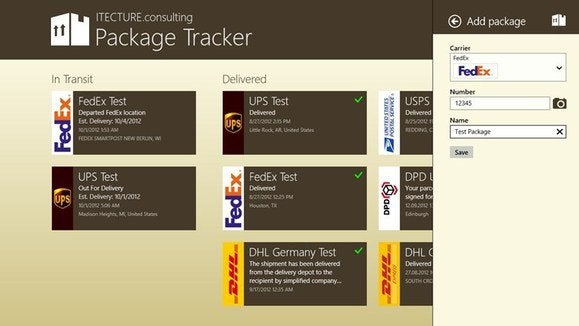
Some crucial settings and programs work only on the desktop, and some work only in the modern UI. Because of that, Windows 8 has a bad habit of ripping you out of one UI and dropping you into the other—a jarring experience, to say the least.
On the plus side, once you’ve overcome its substantial learning curve, Windows 8’s consistent experience permits you to jump in and use any hardware the OS calls home. (Windows 8.1’s usability improvements will help.) And don’t forget—the (cough) relatively few (cough) apps available in the Windows Store work just fine across the wide spectrum of Windows 8 devices out there.
In the long term, those benefits may outweigh today’s rough patches. But in the short term, Microsoft may be forcing its desktop customers to bite off more than they can comfortably chew.
OS X

On the flip side of the convergence coin is Apple. Given the company’s strength in mobile devices, you might think Apple would be rushing to merge iOS and OS X, but thus far it has taken a fairly cautious approach.
The extensive reach of the iPad and iPhone is definitely affecting Macs, but in a much more subtle way. OS X Lion introduced iOS-like elements such as the LaunchPad, the Mac App Store, and full-screen and sandboxed apps. OS X Mountain Lion added a wider range of multitouch gestures, a Notification Center, iCloud, a Messages app that plays nice with iMessages, and some native apps that first appeared on iDevices. The upcoming OS X Mavericks drags Maps and iBooks along for the ride.
These are all baby steps, rather than a single, traumatic, Windows 8-style leap into the new and unproven. And each step of the way, Apple has tried to integrate the iOS features fully into OS X’s desktop context, rather than simply forcing a round mobile peg into a square desktop hole. The OS X Notification Center is not a mirror image of the iOS version, for example—though it feels largely the same.
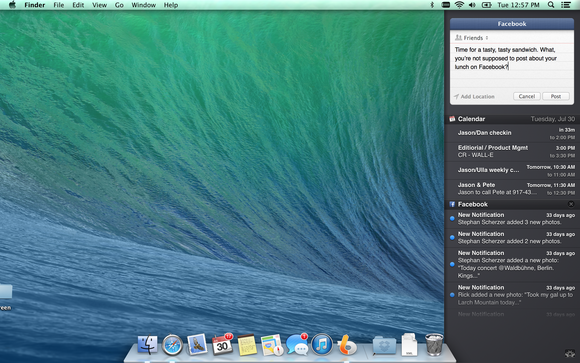
The downside to this approach, of course, is that Apple doesn’t have the exact same apps and UI across all hardware, unlike Windows 8. Experts argue that that’s a good thing, though.
“[Windows 8] just feels like two drastically different operating systems and two drastically different UI paradigms struggling over the same thing,” says Bajarin. “Apple lets a PC be a PC, and a mobile device be a mobile device. Shared similarities and consistencies exist, but they’re not breaking the paradigm.”
“I like that Apple was more gentle about the ‘phasing in’ [of mobile elements],” says Wes Miller, a research vice president at Directions on Microsoft. “I’m not going to say there will never be a touchscreen Mac—but if there is, I think Apple’s going to make sure the App Store’s there, first.”
 Apple
AppleBoth experts admired the way Apple integrated multitouch elements into Macs via the touchpad, rather via than actual touchscreens. Touchpads let you use gesture controls in a way that feels much more natural than lifting your hands from your keyboard or mouse to poke your monitor, thereby minimizing the physical impact of touch on your PC workflow. (Windows 8 technically offers the same, but most laptop touchpads just plain suck.)
Don’t expect the Mac/iPad convergence to stop with OS X Mavericks, either. As Miller points out, the iCloud website was recently updated with “a very iOS 7 look and feel. That makes me think we can expect OS X in 2014 to have a flat, new look.”
Baby steps.
Ubuntu Linux
 Canonical
CanonicalPut down your pitchforks! I know Linux is a complex and varied ecosystem woven from a near-endless number of distributions and interfaces. But for the purposes of this article (and my sanity), I have to focus on just one Linux iteration—and that one is Ubuntu, which is making headlines with its audacious (and doomed) Ubuntu Edge crowdfunding campaign.
If anything, Ubuntu for Android and the Ubuntu Edge smartphone are even more forward-looking than Microsoft’s and Apple’s ecosystems. Ubuntu for Android functions pretty much like any other smartphone when you use it as a smartphone—with apps, gesture controls, all that. But when you connect a phone running Ubuntu for Android to an external monitor and mouse, the device seamlessly switches to the full desktop Ubuntu Linux distribution, sudo apt-get and all.
Rather than trying to merge portable and PC operating systems, Ubuntu for Android adjusts to offer the best experience for your needs, with the help of some hefty internal hardware. Contacts, photos, videos, and other files are accessible from either side of the OS wall. It’s insanely ambitious—a glimpse into a future where one device can handle all our computing needs. But it faces two problems.
 Canonical
CanonicalFirst and foremost, no hardware manufacturers have stepped up to actively use Ubuntu for Android. And the reason they haven’t is likely tied to the second issue: We aren’t living in a one-device kind of world just yet.
“That’s a very future-centric [UI] paradigm,” says Bajarin. “I don’t think it’s something we’re going to see go big right away…I can see someday, when we’ve got so much processing power in our phone or tablets that there’s no reason why it can’t power all these other displays and be all these different PCs. And I think what Ubuntu’s doing with the dual-modal software is very interesting.
“It’s a very intriguing concept, and one could make a could case that over the next five to ten years, all the technological bits will be there to make that an equally good experience as what you get today with a notebook or a desktop.”
But again, today is not tomorrow, and it’s no surprise that the Ubuntu Edge campaign floundered.
To infinity, and beyond!

Don’t let Ubuntu’s jumping of the technological gun fool you, though. Like it or not, we’re on the cusp of something different, as the computing industry struggles with a titanic shift that’s dragging the monolithic PC into a future where multiple screens and consistent, cohesive multidevice experiences are the norm. And man, has that shift come quickly!
“If you look back five years, we’re in 2008, and the iPhone is still this young thing that people aren’t sure is going to take off,” says Miller. The first iPad was still two years off at that point. “Technology is shifting so incredibly fast that the form factors [and interfaces] we’ll be using in five years we may not even think of right now. We’ll just look back and laugh at what we were using in 2013.”
Change is a-coming, friends, and while Apple’s kiddie-glove approach to merging mobile elements with desktop operating systems may be the most comfortable for consumers in the short term (sorry to break it to you, Microsoft), don’t be surprised to see Macs and Windows PCs end up in similar places a few years down the road. The strategies differ, but the goal remains the same: consistency.
Who knows? Microsoft and Apple might even wind up where Ubuntu is trying (and failing) to go today.
source: http://www.pcworld.com/article/2047067/how-windows-os-x-and-ubuntu-are-slowly-turning-your-pc-into-a-smartphone.html#tk.twt_http://www.pcworld.com/article/2047067/how-windows-os-x-and-ubuntu-are-slowly-turning-your-pc-into-a-smartphone.html


